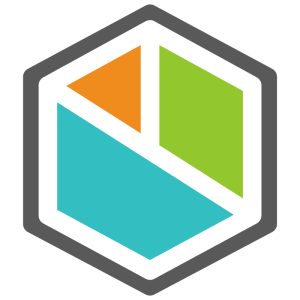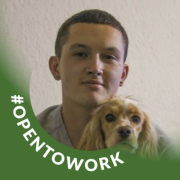Service and Support
Bizagi customer service is generally rated highly for being effective, responsive, and proactive, though some note delays in speed. The technical support varies; some users appreciate their knowledge and quick issue resolution, especially with premium SLAs, while others face slow responses and limited engagement without higher-tier subscriptions. Many users rely on FAQs, documentation, or community resources instead of contacting support directly.
Deployment
Most users found Bizagi's initial setup simple and user-friendly. Installation often involved a one-click process, with some using wizards or forums for guidance. Minor complexities arose with advanced configurations like load balancers and custom connectors, but they typically required minimal maintenance staff. The desktop version was easy, with deployments often completed within minutes or hours, varying slightly based on internet connectivity and organizational needs. Integration required periodic maintenance but was largely straightforward.
Scalability
Bizagi exhibits strong scalability capabilities, suitable for medium to large organizations. Users experience good performance with varied user counts, supported by adequate infrastructure and configurations. Cloud-based deployment enhances scaling processes compared to traditional on-premise needs. Enterprises with high user interactions, like hundreds of developers, may encounter challenges. Numerous users rate its scalability positively, yet some express potential improvement areas, especially regarding pricing tied to user numbers and the need for collaboration in development environments.
Stability
Bizagi exhibits a high degree of stability, with many noting robust performance without crashes. Some experienced challenges when installing updates or using new features, but efforts in support and QA improvements are paying off. Performance issues occasionally arise, mostly resolved in subsequent versions. Integration issues, such as with SharePoint, were addressed effectively. Most users have a favorable perception, rating stability between seven and nine out of ten, indicating reliability in diverse environments.





